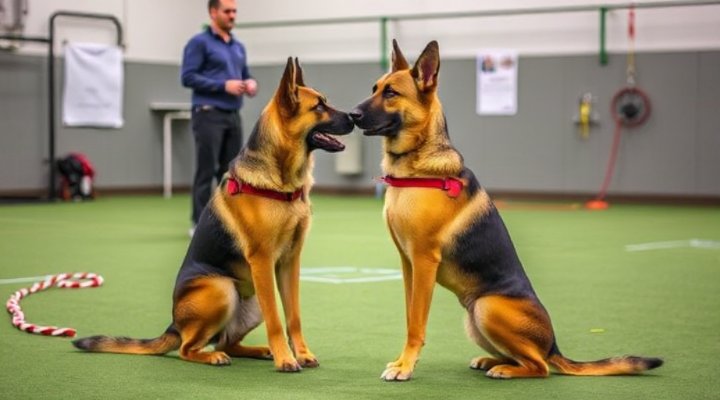Obedience training for puppy is not just about teaching commands; it’s about building a lifelong bond between you and your furry companion. According to the American Veterinary Medical Association, early training leads to better-adjusted adult dogs.

Why Start Obedience Training Early?
The first few months of a puppy’s life are crucial for learning. During this period, their brains are like sponges, ready to absorb new information. Starting obedience training for puppy between 8-16 weeks old yields the best results.
For instance, when I brought home my Labrador Max at 10 weeks old, we began with simple commands like ‘sit’ and ‘stay’. Within weeks, he was responding reliably, which made our transition to more advanced training much smoother.

Essential Commands Every Puppy Should Know
When beginning obedience training for puppy, focus on these fundamental commands:
- Sit – The foundation for all other commands
- Stay – Teaches impulse control
- Come – Potentially life-saving recall
- Leave it – Prevents grabbing dangerous items
- Down – Helps manage excitement
The American Kennel Club recommends keeping training sessions short (5-10 minutes) and ending on a positive note.
Positive Reinforcement: The Gold Standard
Modern obedience training for puppy emphasizes positive reinforcement techniques. This means rewarding desired behaviors rather than punishing mistakes. Studies show this method is not only more effective but also strengthens the human-animal bond.
When my neighbor tried old-school dominance techniques with her puppy, she saw slower progress and more resistance than I did with Max using positive methods. Our positive reinforcement guide explains the science behind this approach.

Common Puppy Training Challenges
Even with perfect techniques, obedience training for puppy comes with hurdles:
- Short attention spans – Puppies get distracted easily
- Teething – May lead to nipping during training
- Housebreaking – Accidents can frustrate owners
- Socialization – Balancing safety with exposure
Our behavior solutions article addresses these common issues with practical tips.
Advanced Obedience Training
Once your puppy masters basics, you can progress to more advanced obedience training. This might include:
- Off-leash reliability
- Extended duration commands
- Distance commands
- Public manners

Remember, obedience training for puppy is an ongoing process. Even after mastering commands, regular practice maintains skills. Consider joining our puppy training classes for structured learning.
Related Keywords: puppy obedience classes, dog training basics, how to train a puppy, puppy behavior training, positive dog training
